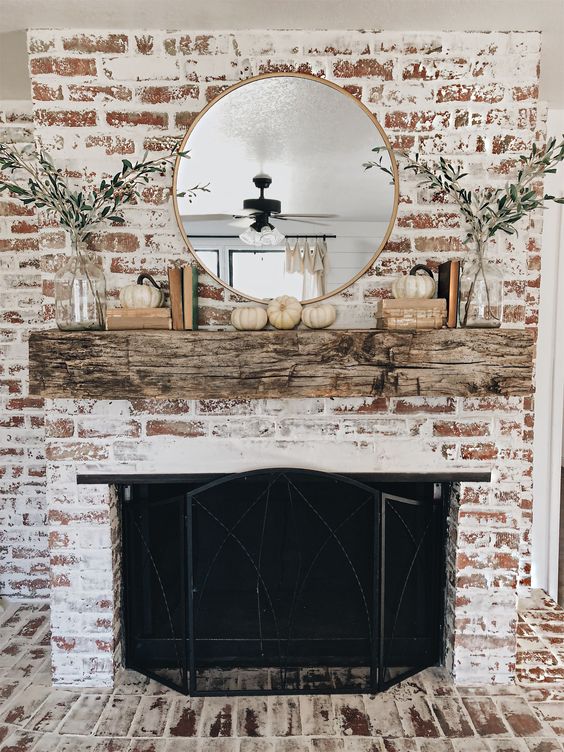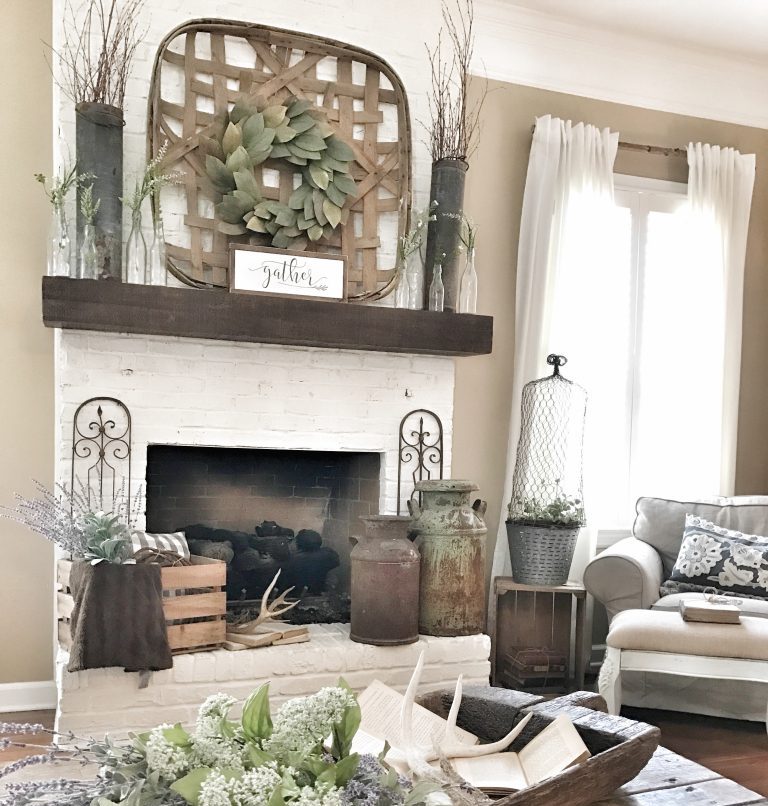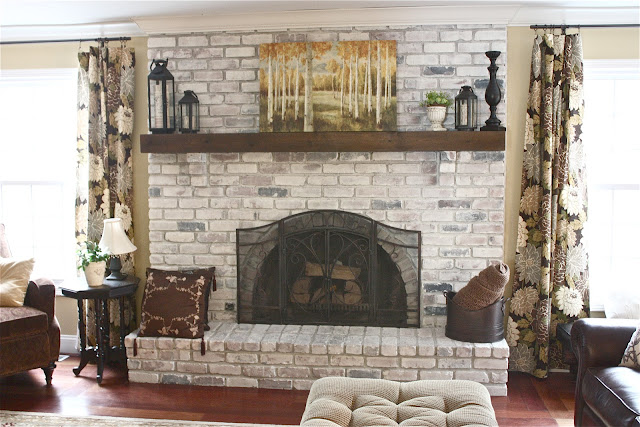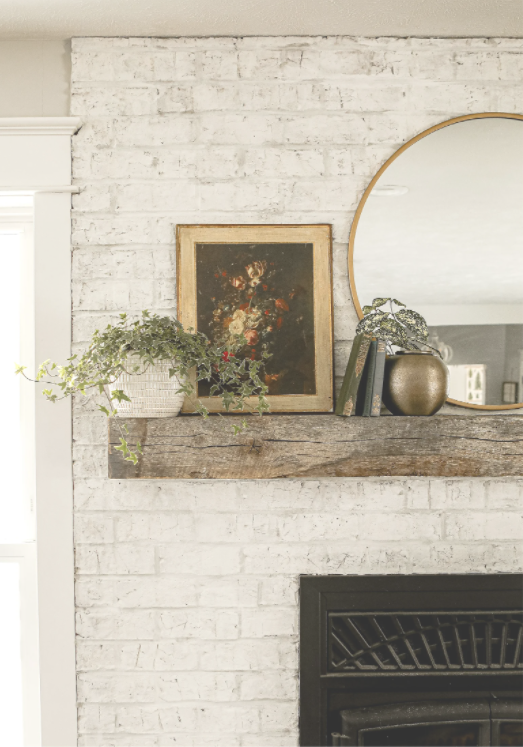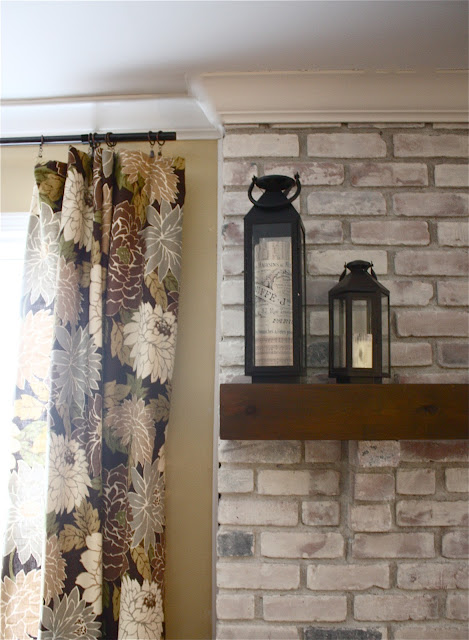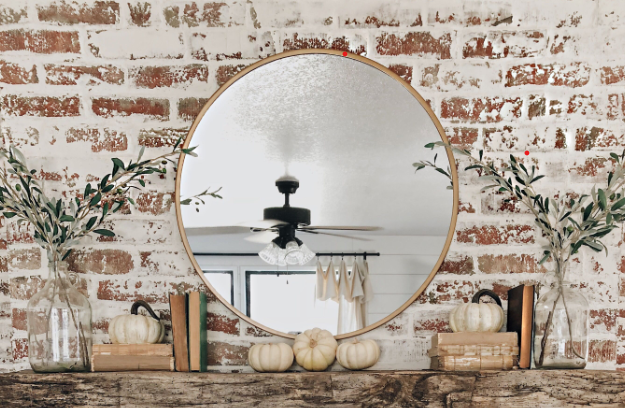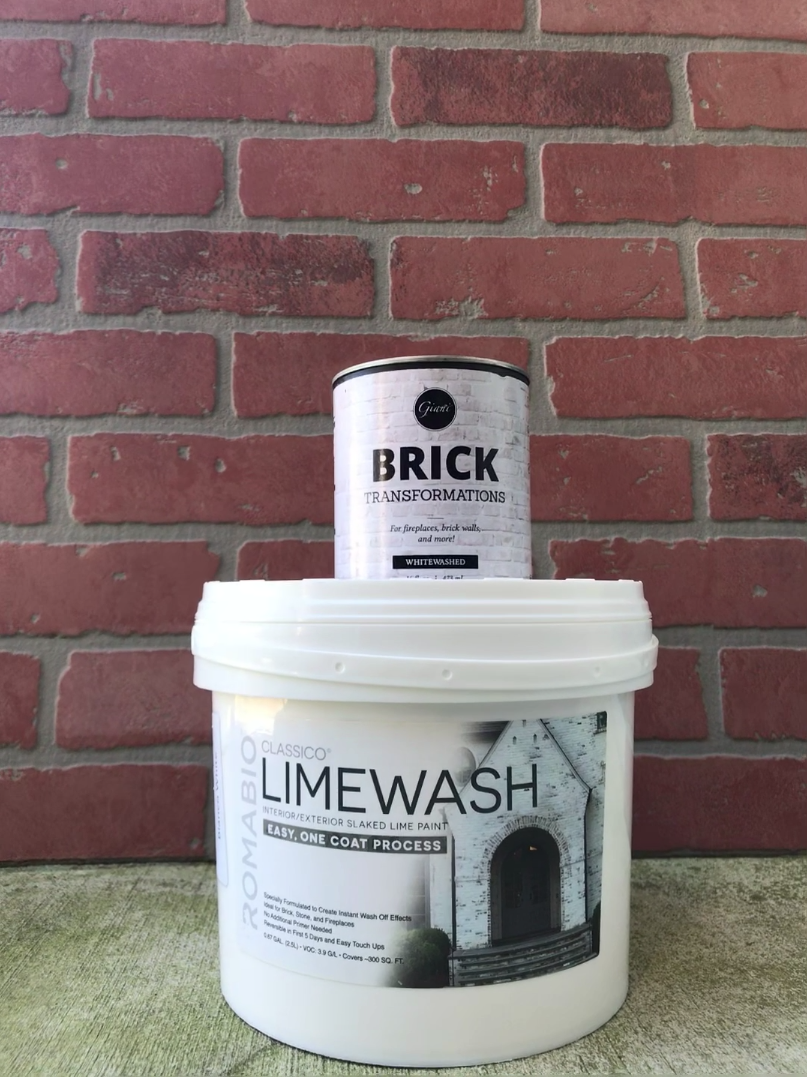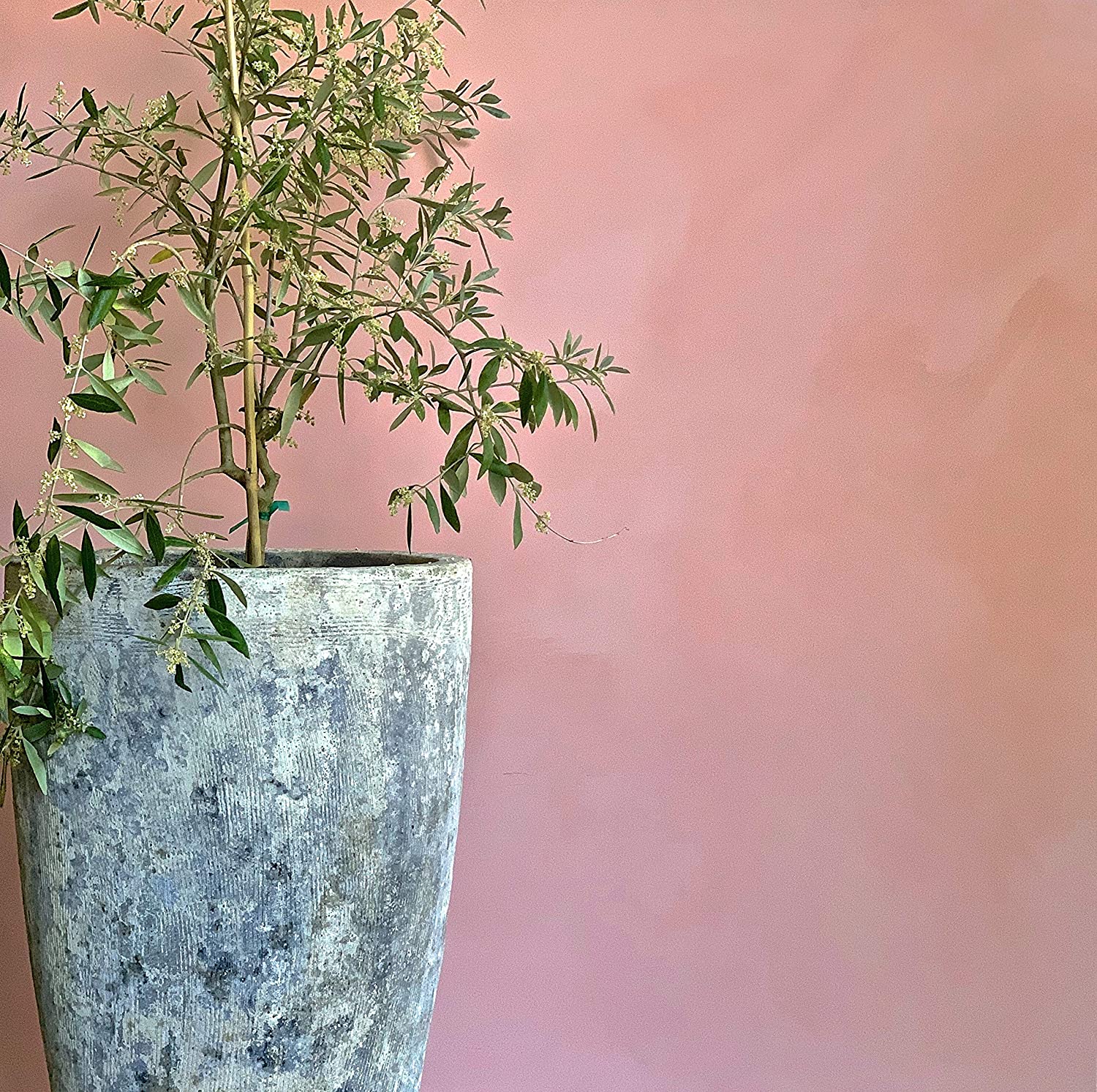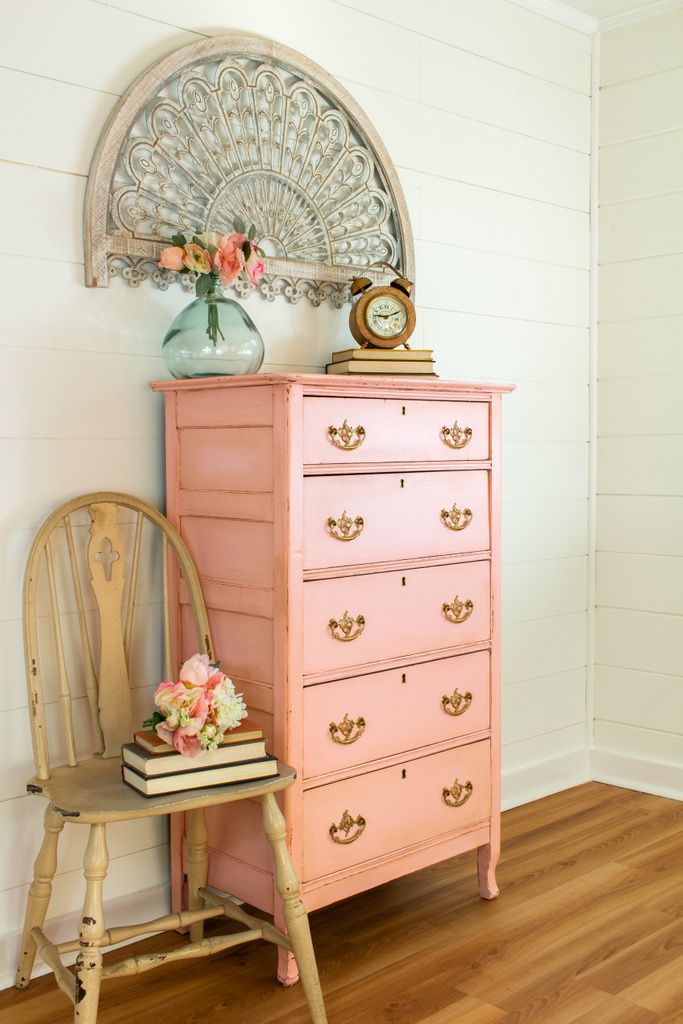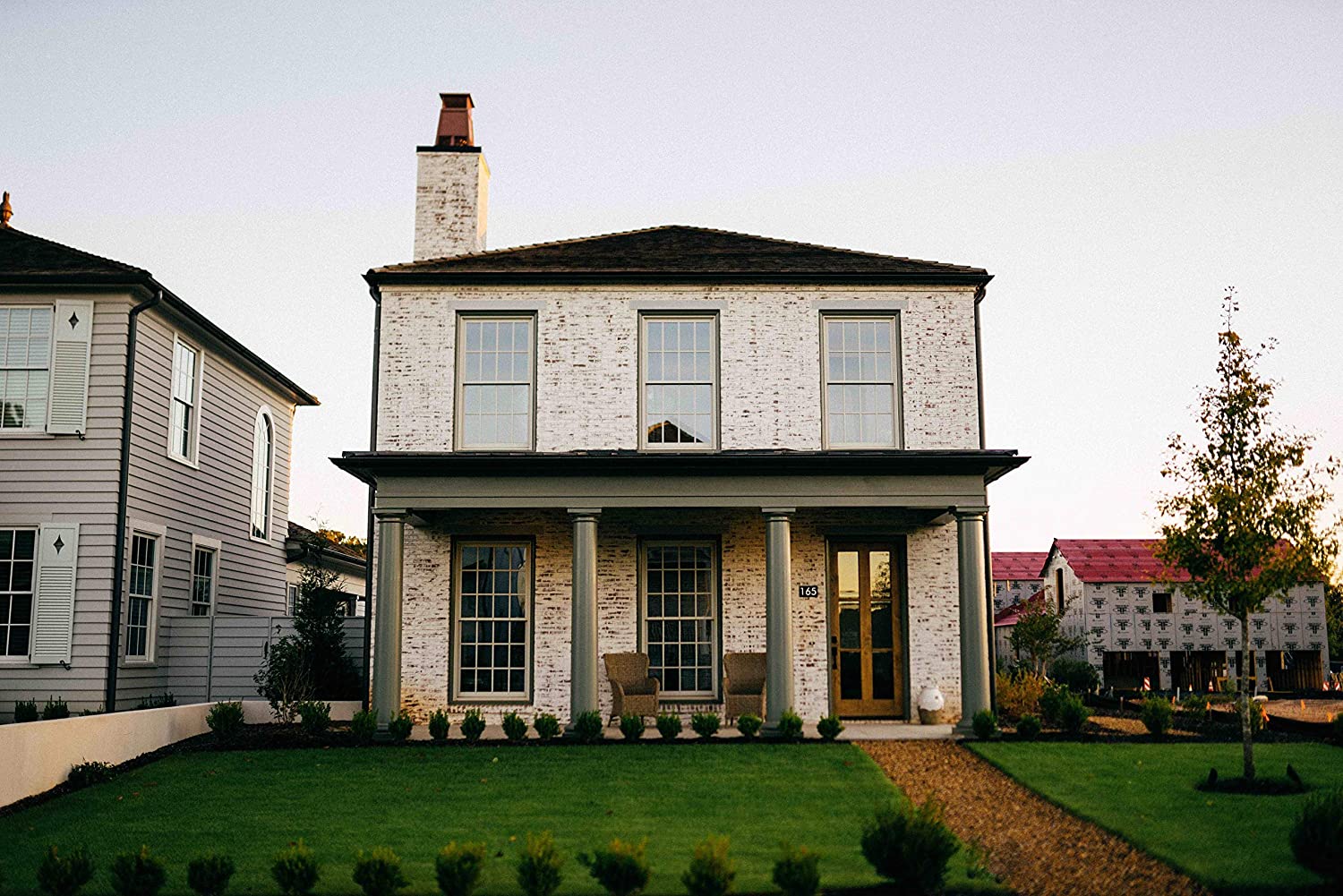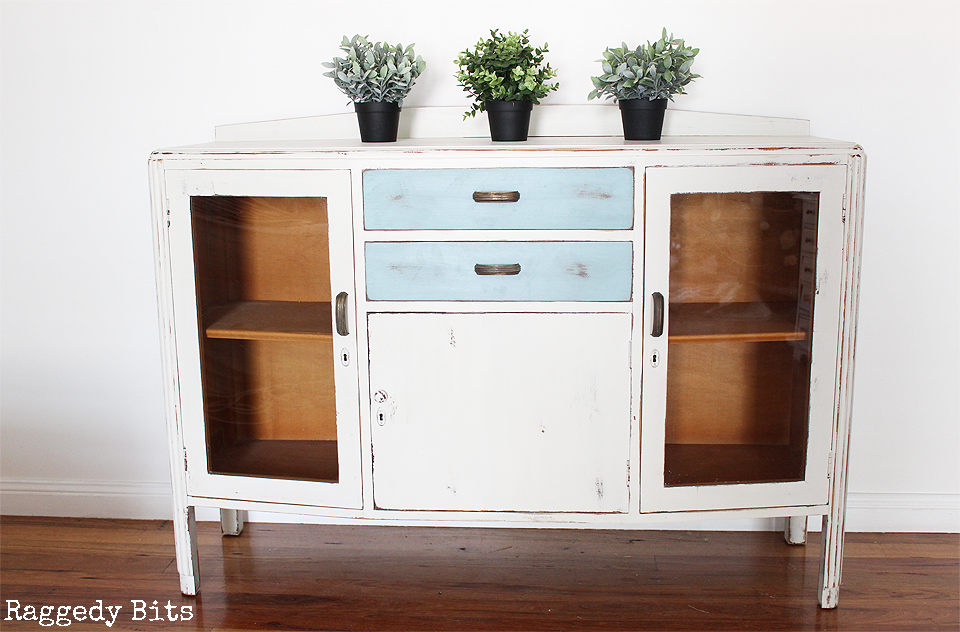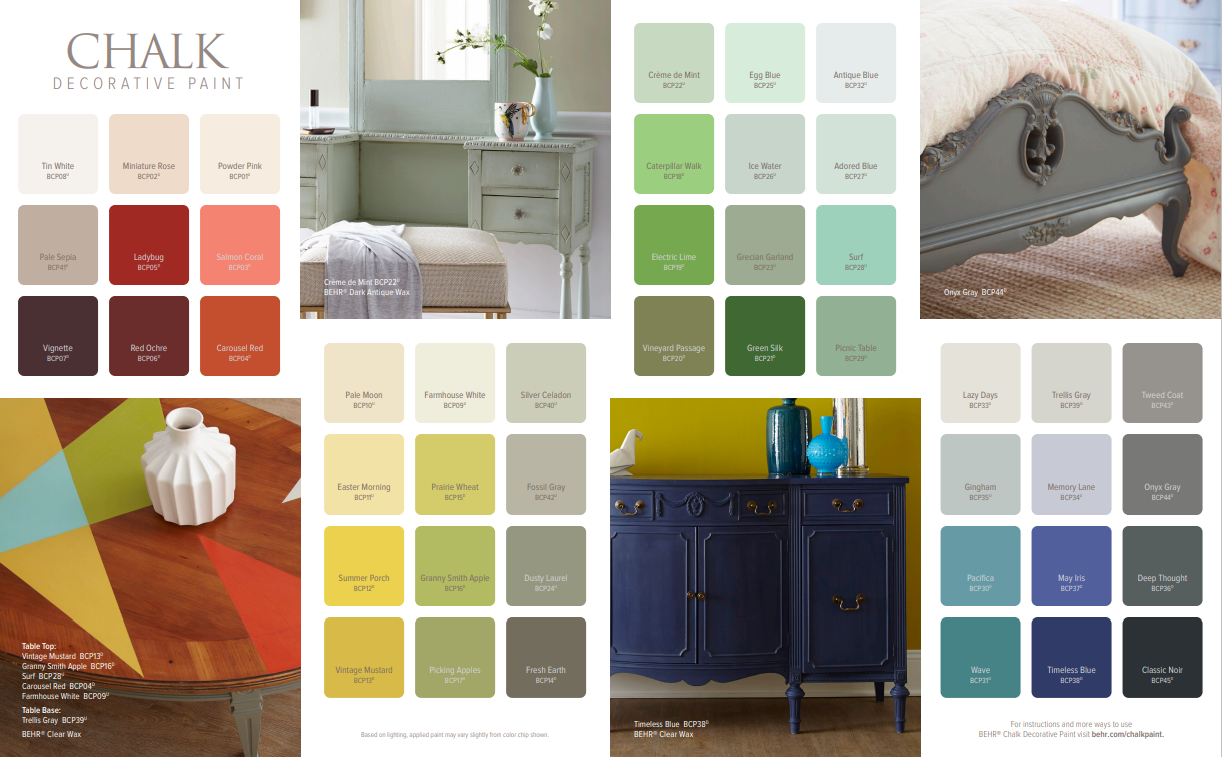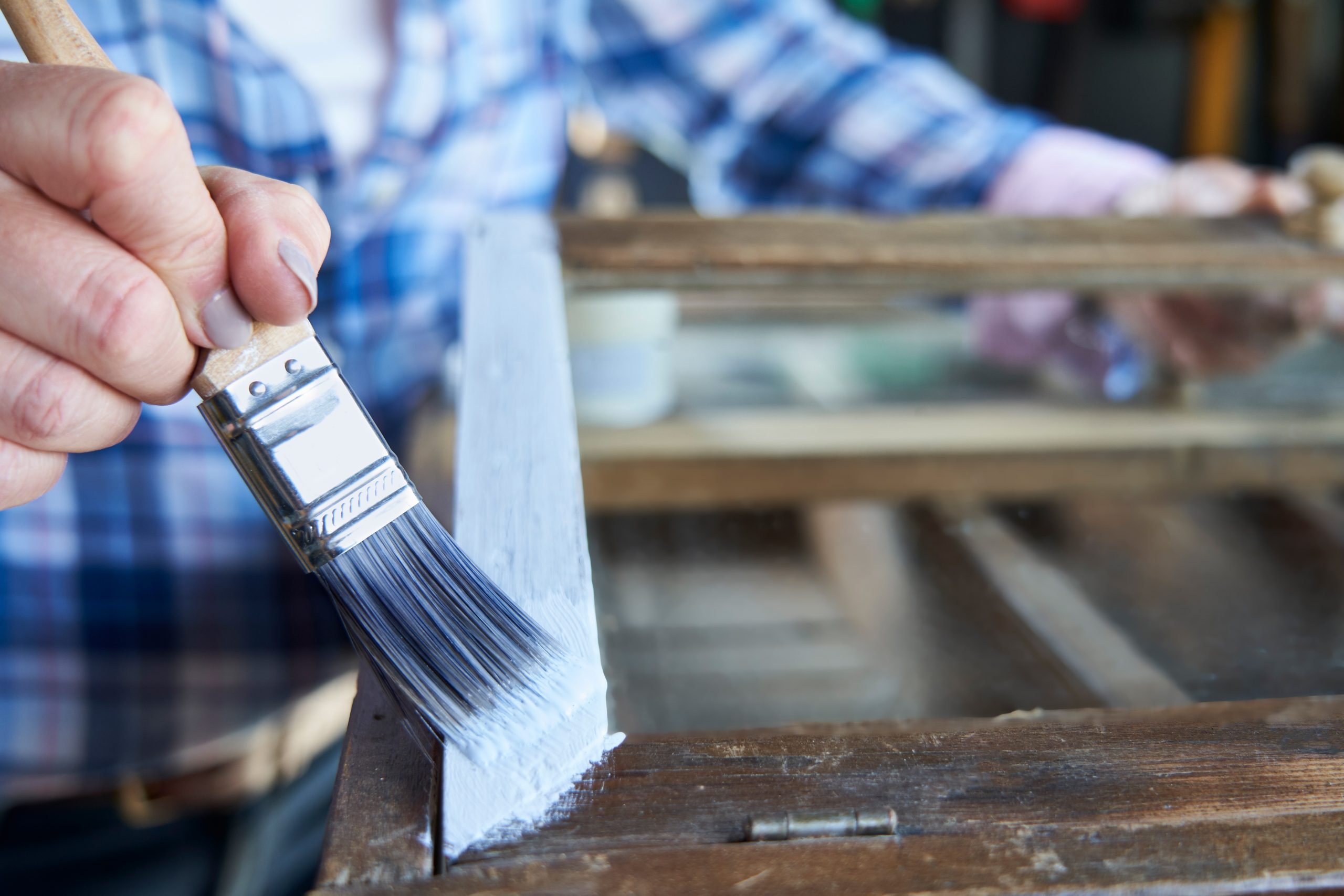If you have a natural brick fireplace making your living room feel a bit drab, you’ve probably considered a variety of techniques to brighten it up: painting the fireplace a solid color or using a method that allows some of the natural brick to show through like limewash, whitewash, or German schmear. The results can be so similar that choosing between them becomes difficult. This article breaks down the differences and which is the best for your space.
What is Limewashing
Distinctive Feature: soft matte finish, old-world feel, good for the brick and allows it to breathe naturally, full coverage or distressed
Many folks are worried about brightening up their fireplace and thus losing the natural brick feel that a fireplace has. Paint, even whitewashing, does cover that natural look.
Lime wash is a fantastic product that calcifies to your brick (unlike the resin-drying process in traditional paints). This creates a soft, natural patina that preserves the natural look of brick in your home while brightening your fireplace significantly.
If you’re not familiar with limewash, it has some amazing properties that make it especially nice for brick. You can check out this article to learn about limewash and its uses.
The most popular limewash brand right now is Romabio, which is sold in a thick paste that needs to be diluted before application. After dilution, it is applied with a brush just like any other paint. You can let it dry as is, which is what you see in this picture, or you can distress it to reveal some of the natural brick underneath.
What is Whitewashing
Distinctive Feature: thinning paint with water allows the natural brick to show through while brightening the space
Whitewashed brick is fairly easy to identify. All the brick is covered in a thin layer of translucent white or grey paint that allows you to see the brick underneath.
Whitewashing brick is very quickly going out of style. Most whitewashed fireplaces look half done. In this particular picture, the fireplace started out with some pretty grey brick, and the painter did a really good job covering everything evenly without leaving streaks.
Lots of whitewash jobs don’t turn out this good. Not many brick colors are well suited to being covered in this manner and it’s really easy to leave streaks that make it obvious the brick was painted. You can check out this article for a more thorough breakdown of the differences between lime wash and whitewash.
German schmear, limewash, and even a fully painted fireplace all look intentional and complete. Most whitewashed fireplaces just have the look of a poorly done DIY project that is half-finished and waiting for some final touch.
That being said, not all whitewashed fireplaces look bad, the one in the picture being a good example. Just be sure to take the project seriously and have good inspiration for your final look.
What is German Schmear
Distinctive Feature: uses mortar instead of paint to preserve the natural masonry look, allows for varying levels of distressing to create the look you want
German Schmear is a really fun technique that create a country cottage look. It involves mixing a cement and spreading it over the brick and mortar. Typically, all the mortar will be fully covered and the brick only partially covered.
If you’re looking to fully cover the brick with no distressing, limewash will be a much better choice than German Schmear, if you’re hoping to leave a lot of the brick exposed, German Schmear will be a better choice than limewash, which typically looks best with just a little distressing here and there.
Painting a Fireplace a Solid Color
Distinctive Feature: bold solid color, tones down the natural feel of the brick for a more modern and less rustic look
While both limewash and paint can deliver the same solid color, they have dramatically different textures. That difference creates a completely unique feel in a space.
Paint, especially when compared directly to lime wash, has an artificial quality. It also feels more intentional, which isn’t necessarily a bad thing.
German schmear and limewash, on the other hand, feel less intentional and more like a natural part of the home. Someone who hasn’t seen the fireplace before could easily walk in and and assume that the fireplace has always looked like that. That assumption will almost never happen with a painted fireplace.
Final Thoughts
Limewash and German schmear both add to the natural look of the brick while brightening it. Limewash is a bit softer than the German schmear and is typically better suited to full coverage looks than heavily distressed looks; German schmear is better suited to heavily distressed looks than full coverage looks.
Whitewashing is a good option if you really like the current color of your brick. It is highly translucent, which means it is prone to streaking and looking half-finished. However, it can produce fantastic results, especially with a pretty starting brick color.
A solid paint job looks unnatural, but it does give your room a planned-out look, which is especially nice in more modern spaces.
What are you going to do in your space? Leave your comments or questions below!


